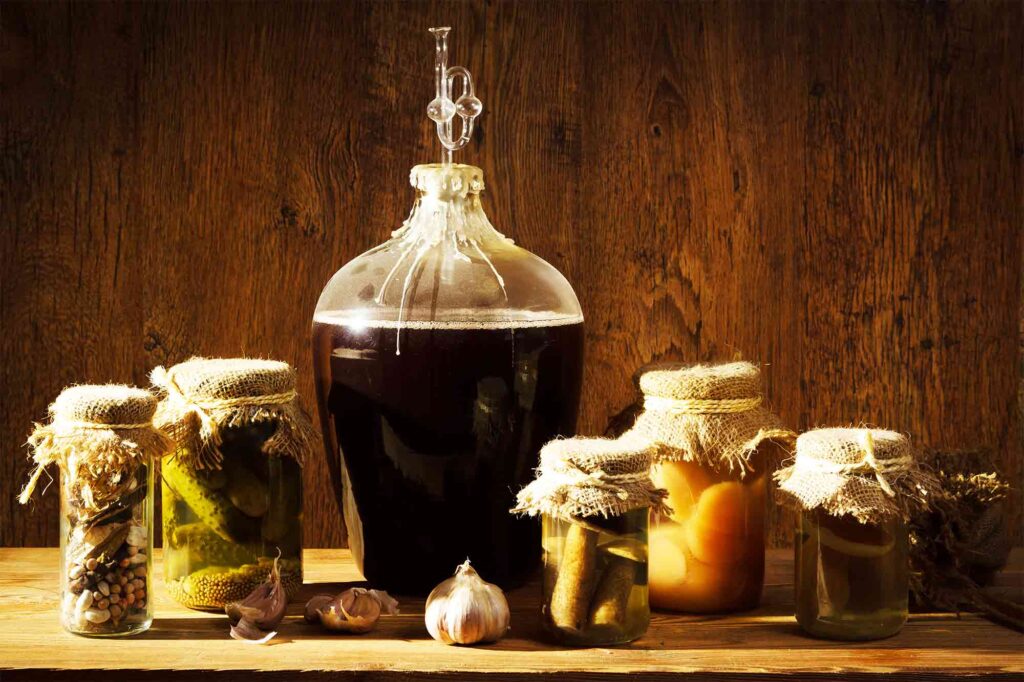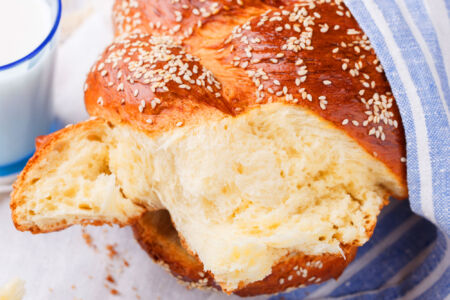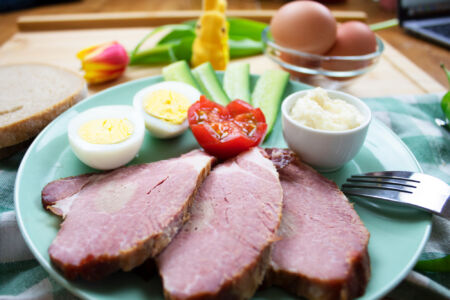Home preservation and fermentation have long been integral parts of culinary traditions around the world. These methods not only extend the shelf life of food but also enhance its flavor and nutritional value.
Let’s dive into the fascinating history and modern-day practices of these timeless techniques.
The Origins of Preservation and Fermentation
The roots of home preservation and fermentation trace back thousands of years. Our ancestors, lacking modern refrigeration, relied on these methods to store food for extended periods.
Evidence of early fermentation can be found in ancient China, where fermented beverages date back to 7000 BC. Similarly, the Egyptians mastered the art of fermenting dough to make bread, while the Greeks and Romans were known for their fermented wines and cheeses.
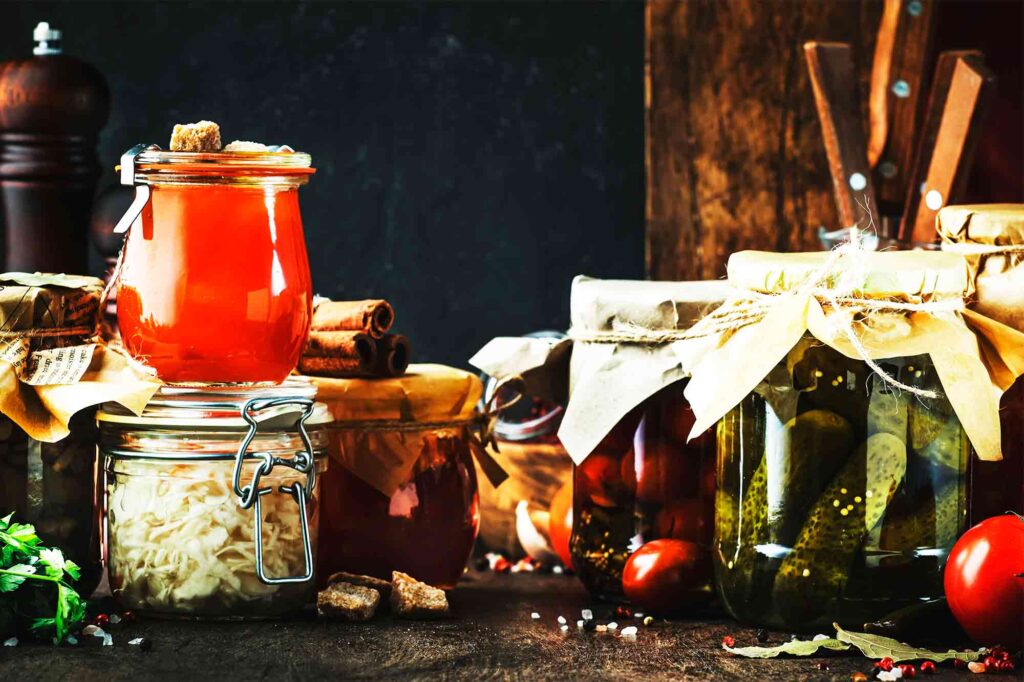
Why Ferment?
Fermentation is a natural process where microorganisms like bacteria, yeast, and molds convert sugars and starches into alcohol or acids.
This process not only preserves the food but also creates distinct flavors and textures. For instance, the tangy taste of sauerkraut and kimchi, the effervescence of kombucha, and the rich umami of miso and soy sauce all result from fermentation.
One of the key benefits of fermented foods is their probiotic content.
Probiotics are beneficial bacteria that support gut health and boost the immune system. Including fermented foods in your diet can improve digestion and may even have mental health benefits.
Home Preservation Techniques
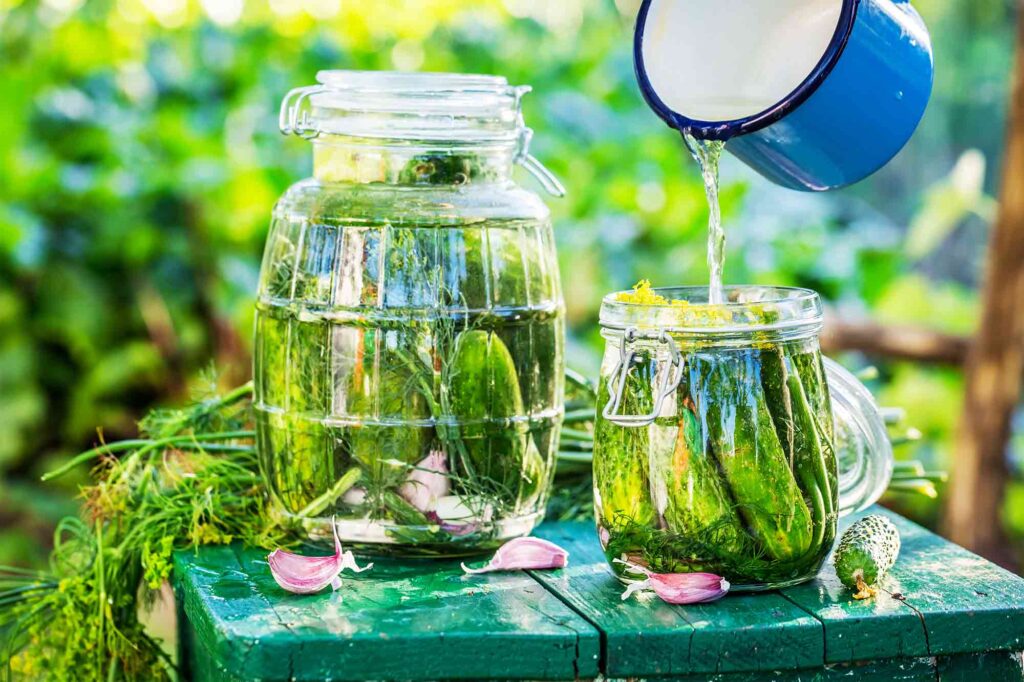
Beyond fermentation, home preservation includes methods like canning, drying, pickling, and freezing. Each technique has its own set of advantages.
Canning
Involves sealing food in airtight containers and heating them to destroy microorganisms.
It's ideal for preserving fruits, vegetables, and meats.
Drying
Removes moisture from food, inhibiting the growth of bacteria and mold. Commonly dried foods include fruits, herbs, and meats.
Pickling
Uses vinegar or brine to preserve food. This method adds a tangy flavor and is perfect for cucumbers, onions, and peppers.
Freezing
Slows down the growth of microorganisms and preserves food's nutritional value. Most foods, from fruits and vegetables to meats and dairy products, can be frozen.
The Modern Revival
Today, there is a resurgence of interest in home preservation and fermentation. Many people are turning to these traditional methods to reduce food waste, save money, and enjoy healthier diets.
The DIY aspect of home preservation allows individuals to experiment with flavors and create unique, artisanal foods.
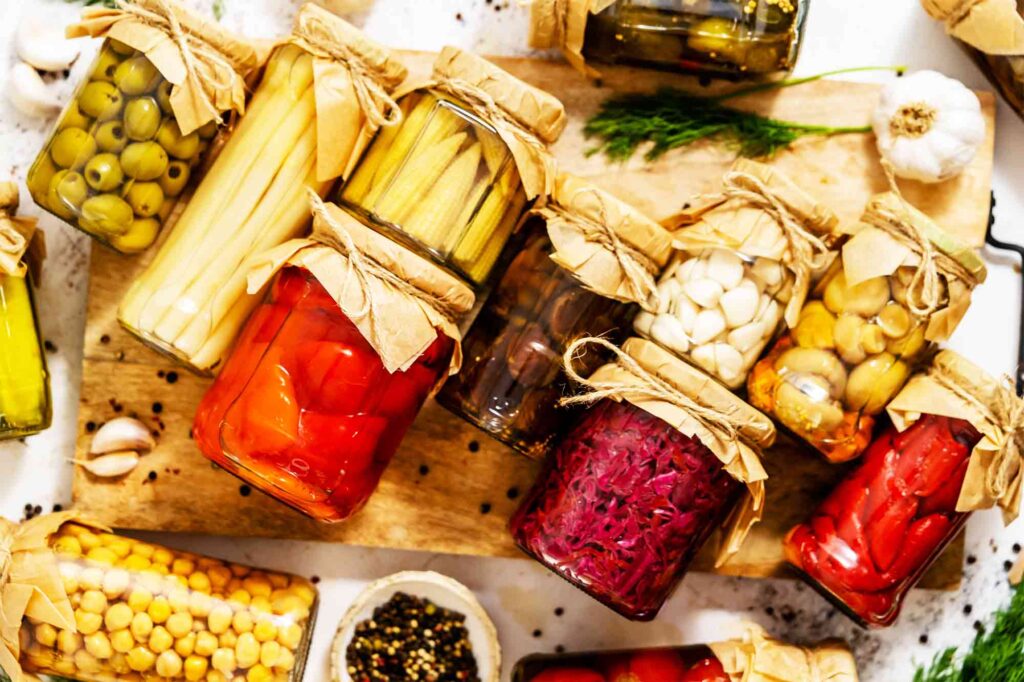
Workshops and online tutorials have made it easier than ever to learn these skills. From crafting your own sourdough starter to brewing homemade kefir, the possibilities are endless.
This revival not only connects us to our culinary heritage but also fosters a deeper appreciation for the food we consume.
Home preservation and fermentation are more than just food-saving techniques; they are a journey through history and a celebration of flavors.
By embracing these practices, we can enjoy the rich tastes of fermented foods, ensure a steady supply of preserved goods, and contribute to a sustainable lifestyle.
Whether you’re a novice or a seasoned pro, there’s always something new to discover in the world of home preservation and fermentation.

